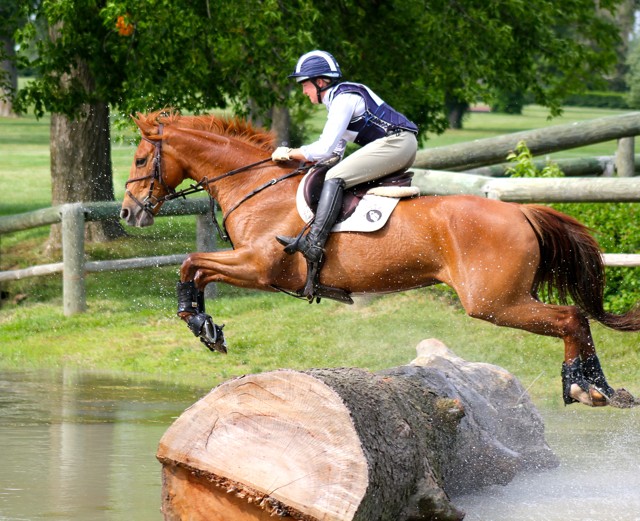
The physical demands of eventing in riders
Scientific research into the physiological demands of horse riding is very limited, therefore, this study investigated if there would be a difference in metabolic cost over the different phases of an simulated eventing competition.
A gas analysis was performed throughout the dressage, show jumping and cross-country phase of a competition in sixteen female riders. Measurements of oxygen uptake, carbon dioxide output and respiratory exchange ratio (RER) were recorded. Additionally, heart rate, blood lactate concentrations, urine osmolality, hand grip strength and weight of the riders were measured.
Each subject successfully completed all three phases of the competition. Findings showed a progressive increase in oxygen consumption, heart rate and blood lactate concentrations during the three phases. Urine osmolality was significantly increased, whereas hand grip strength was significantly decreased after competition. Bodyweight of the riders was decreased with 1.1%
It was discussed that the higher physical demands for show jumping and cross country could be a result of the forward position. This requires strength and muscular control. The increase of urine osmolality was explained as an effect of dehydration and the decrease in hand strength as an effect of fatigue.
This study emphasised the variability in metabolic cost between different riders and the differences in physiological demands between the three phases of a (simulated) eventing competition.
> From: Roberts et al., Comp. Exerc. Physiol. 6 (2010) 129-135. All rights reserved to Cambridge University Press. Click here for the online summary.


